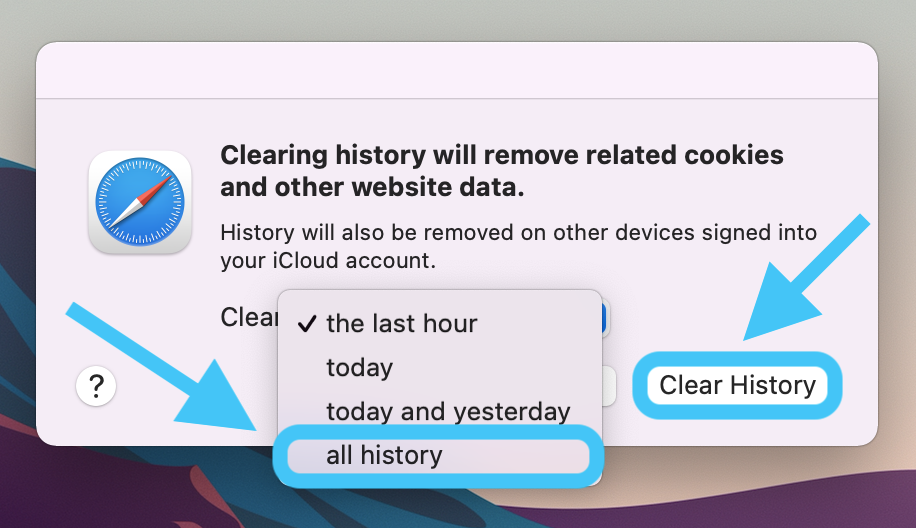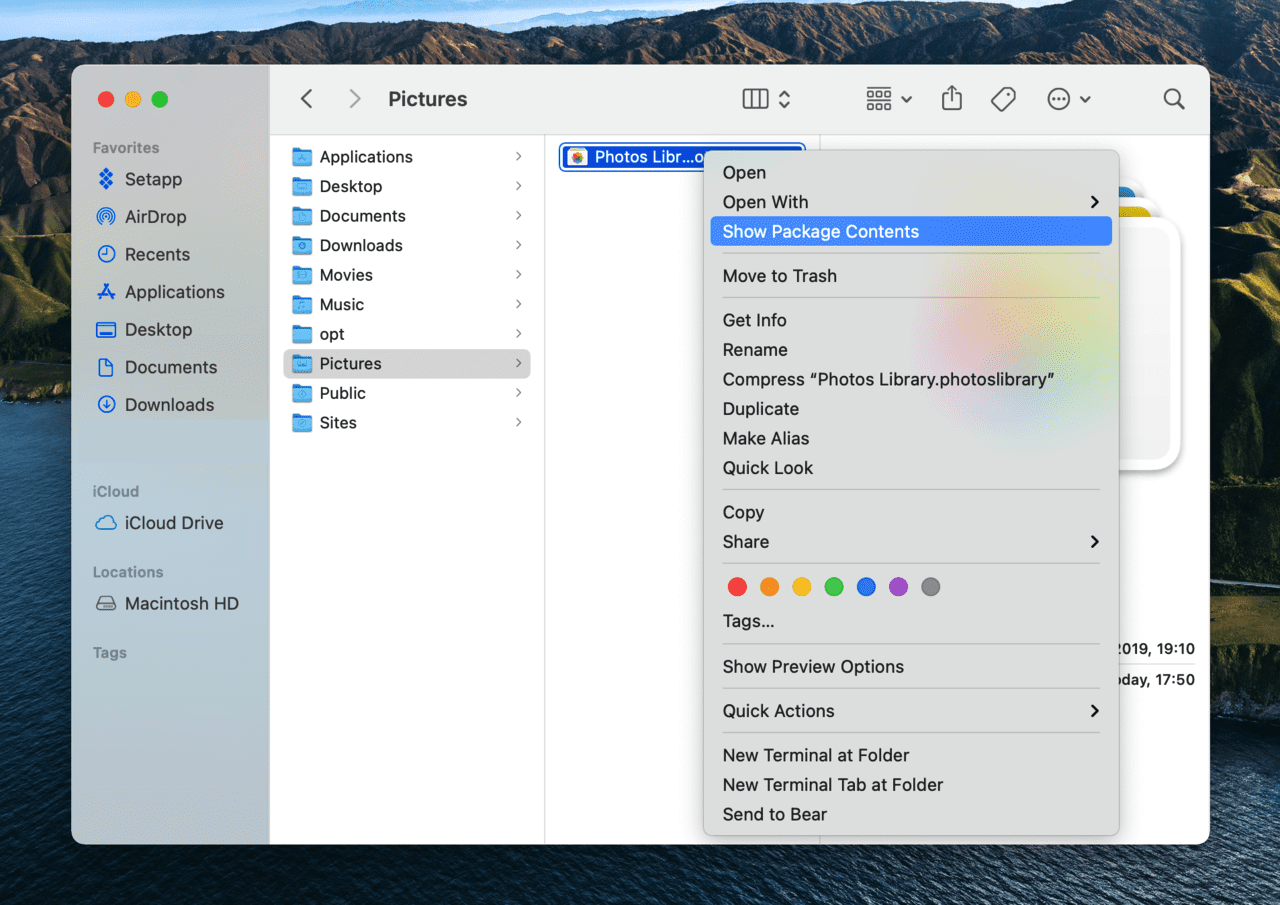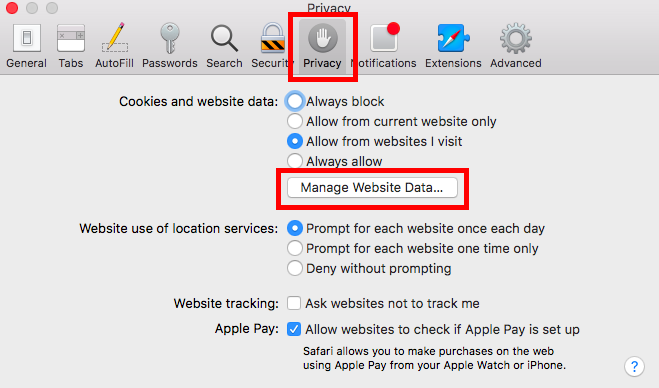

One of the quickest and easiest ways to clear cached files on your Mac is to use MacKeeper. In this guide, we’ll show you how to do just that. But there are times when you’ll want to clear them out. Usually, caches are helpful, and most of the time, you shouldn’t need to touch them. That makes browsing faster and reduces the load on websites. Web browsers have caches, for example, where they store content from web pages, so when you return to those pages, your browser doesn’t have to load that content again. Operating systems like macOS have caches, but so do individual apps.


Quite simply caches are areas where computers temporarily store data that they’ll likely need again soon.

If you’re having issues with certain apps, it may also be time to clear your cache.Macs, like all computers, use caches to help them maintain performance. There are a few different types of cached data: user or app data that saves information for certain apps system cache, which your operating system uses to save process information and browser cache, which saves your web browsing activity.Ĭonvenient, right? But it’s important to clear this cached information every now and then to keep your data safe and free up disk space, which helps your operating system run more smoothly. That way, your computer doesn’t have to spend time downloading all of that information again - it can just pull it from the cache. When you visit that same site in the future, your browser simply (and quickly) loads data from the folder it's already created. When you visit a website, for example, your browser will download data like images, scripts, and login credentials and save it all in a cached folder. This is called caching, which, as Apple (Opens in a new tab) puts it, “helps reduce internet data usage and speed up software installation on Mac computers, iOS and iPadOS devices, and Apple TV.” Many of your daily computer activities - like opening programs, logging onto email, and navigating websites - are saved as temporary files within your computer.


 0 kommentar(er)
0 kommentar(er)
